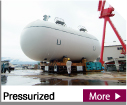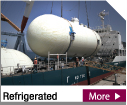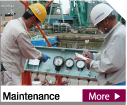Fully Pressurized
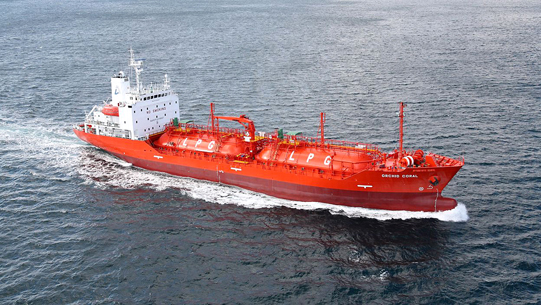
Quality of the products are protected by our years of experiences.
“Marine tanks” endure harsh conditions
A ship’s hull is constantly moving, with vibration from the engines, pitching and rolling due to waves, all resulting in twisting and distorting. Tanks also repeatedly shrink and expand because of the temperature and pressure of the cargo. Furthermore, the liquid surface inside the tank generates sloshing due to the ship’s movements, repeatedly adding force onto internal pipes and equipment. “Marine tanks” must endure harsh conditions incomparable to tanks located on land.
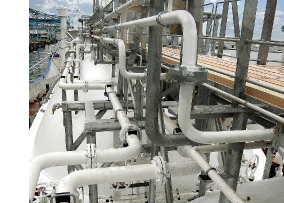
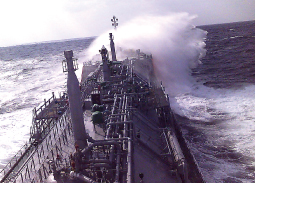
Strength and flexibility
With the ship’s hull constantly pitching and rolling, and tanks repeatedly shrinking and expanding, one would think one would want to firmly fix tanks and their internal structures, as well as pipes in loading/unloading plants, but a firm structure with increased strength would only result in damage. The question is how to combine strength and flexibility, and realize a flexible structure overall. This is where our expertise built up over many years lies.

1,380m³ cooled liquefied
ammonia gas carrier

1,450m³ LPG carrier

3,500m³ LPG/VCM carrier

5,000m³ LPG carrier

9,500m³ LPG/VCM carrier

11,000m³ LPG carrier
Copyright (C) 2010 IZUMI STEEL WORKS,LTD.
